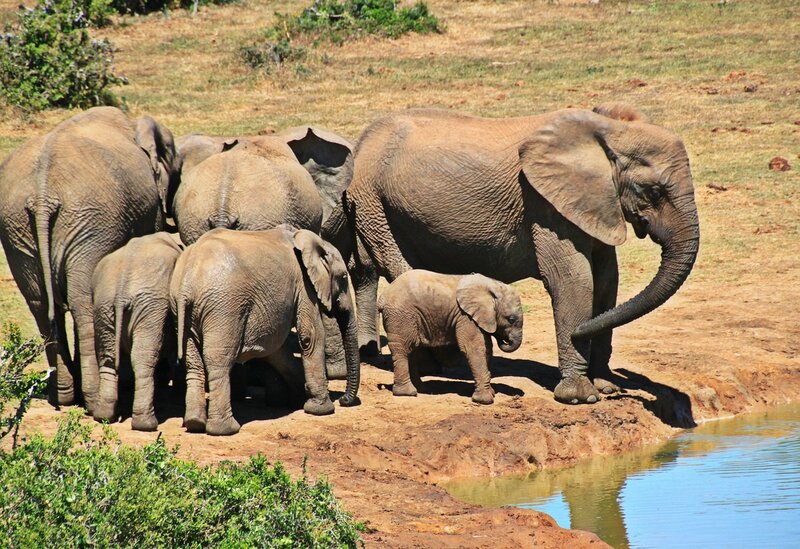Scientists have developed a new technique to remotely track and survey elephants and other wildlife that is both quicker and has the same level of accuracy as human counts done on the ground or in low-flying airplanes. This system has been hailed by many as a way to help improve the monitoring of endangered species in habitats across the globe.
—
What is Happening?
- The research, published in the journal Remote Sensing in Ecology and Conservation, conducted at the University of Bath and the University of Oxford in the UK, saw the creation of a computer algorithm to analyse high-resolution satellite images and detect African elephants in both grasslands and forests.
- While African elephants are declining in numbers, with just 40 000 to 50 000 left in the wild, on-the-ground or airplane surveys to monitor elephant numbers are expensive and time-consuming. Satellites are able to collect over 4 900 sq km of imagery every few minutes, eliminating the risk of double counting and speeding up the process from weeks to a few days. Satellites also reduce the complexity of logistics when monitoring species populations across international borders.
- Scientists were previously able to monitor and track wildlife populations using satellite images, however they were limited to homogenous habitats, such as tracking whales in the open ocean. This new system is able to count elephants in mixed ecosystems, such as savannah and forests. The researchers argue that the technology could help make tracking wildlife populations much easier, including for species much smaller than elephants.
You might also like: A New Synthetic Palm Oil Alternative Could Prevent Deforestation
Olga Isupova, a computer scientist at the University of Bath who co-authored the research, said, “Satellite imagery resolution increases every couple of years, and with every increase we will be able to see smaller things in greater detail. Other researchers have managed to detect black albatross nests against snow. No doubt the contrast of black and white made it easier, but that doesn’t change the fact that an albatross nest is one-eleventh the size of an elephant.”

















